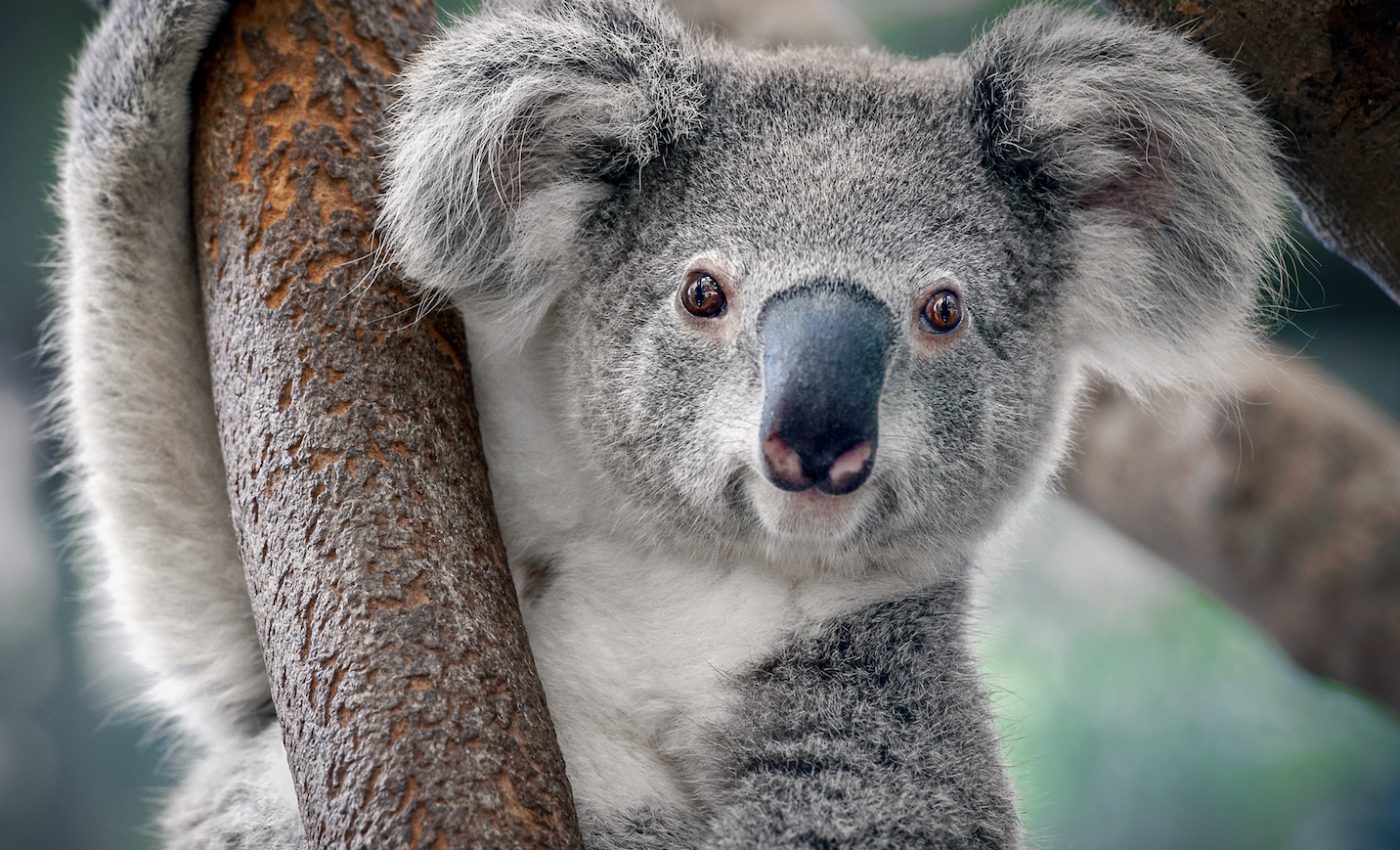
Machine learning can play an important role in conservation
Machine learning is most often associated with big business and military projects. Headlines regularly describe how these techniques are used for self-driving cars, surveillance, and advertising. However, machine learning is proving useful in more places than you might imagine, and many conservation biologists are taking advantage of these powerful tools.
The explosion of machine learning
Machine learning refers to a group of techniques that allow computers to learn from data. These techniques have been around since the 1980s, but they were still being developed and were also limited by the availability of powerful computers and large datasets.
But over the last decade, machine learning has become widespread. This has been enabled by the availability of relatively cheap, powerful computers and big data. These are both needed for effective machine learning.
Why machine learning is used in conservation.
Machine learning allows researchers to automate tasks that would otherwise be done by hand. This saves massive amounts of time and money, and in the underfunded world of conservation biology, this is essential.
Machine learning can decrease the time it takes to answer key questions. Faster answers help save species before they disappear.
Machine learning also helps to discover hidden trends. These techniques can be used to help determine what species or areas are at the greatest risk. This helps researchers decide how to allocate limited resources.
A number of factors are contributing to the increase of machine learning in conservation.
- The internet has enabled the exchange of data.
- Massive publicly available databases are becoming more common.
- More data can be collected due to cheaper remote sensors.
- Computing power is becoming more cost-effective.
- The availability of open source tools.
Real-World Projects
There are many conservation biologists who are applying machine learning to their research. These tools continue to be applied to more projects every day. Below are a few examples of how machine learning is being applied to conservation today.
Counting Species and Individuals
In Images
Remote cameras are often used for detection and counting of animal species. These camera traps detect movement to snap pictures of animals. Once these images are collected, the number and species of animal must be identified.
This can be tedious work requiring a human to annotate images. There are already large online databases of camera trap images such as eMammal. Various researchers are working to develop tools for automated identification of these images. Other researchers are working to help these projects compare results.
And Audio
Another type of remote sensor is called an acoustic monitor. These are microphones that can be used to record bird calls, bees wings and more. Traditionally researchers had to sift through hundreds of hours of audio. Machine learning can help greatly expedite this process.
Conservation biologist Marc Travers of the University of Hawaii is using these sensors in an interesting way. He realized that a unique noise is produced when birds collide with power lines.
Travers is using acoustic monitors to measure just how frequently this happens. He is analyzing 75,000 hours of audio a year to track this problem. Machine learning allows this massive amount of audio to be processed.
Finding at-risk species
Another important task in conservation is knowing which species are at risk. The International Union for Conservation of Nature (IUCN) classifies species based on their risk of extinction. Many plant species have not been evaluated yet. Researchers at the University of Maryland and Radford University wanted to estimate the risks for these species. They used machine learning to identify which species have a high risk of extinction.
Summarizing our knowledge
It is important to understand and analyze what we already about conservation. Most topics have many articles written about them, but researchers are using machine learning to find relevant articles and summarize data.
Data mining social media
Another exciting application of machine learning finds data in an unexpected place. The images and text on Twitter, Facebook, and Instagram are full of information. Researchers can collect data from social media to identify illegal wildlife trading, while others are using data from social media to track individual animals.
Modeling climate change
The climate is extremely complex. This makes it difficult to study and prepare for the effects of climate change. Machine learning is being used to predict the response of clouds to climate change. This is an important part of creating more accurate climate change models.
Limitations
Though machine learning can save massive amounts of time, humans are still essential. The results of these models still need to be validated by humans.
The future of machine learning in conservation
The trends that have caused machine learning to grow are continuing. As the amount of available data grows, so will the applications of machine learning.
Open source data and tools are essential. Researchers are starting to share more raw data, which provides training data for new models and also allows researchers to compare their results and find the best model.
—
By Casey Hofford, Earth.com Contributing Writer













